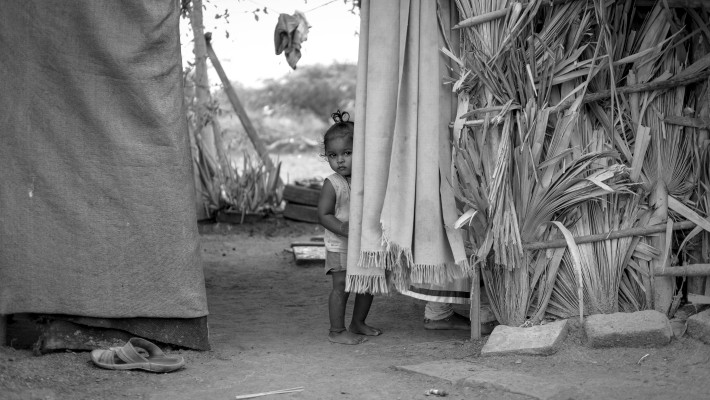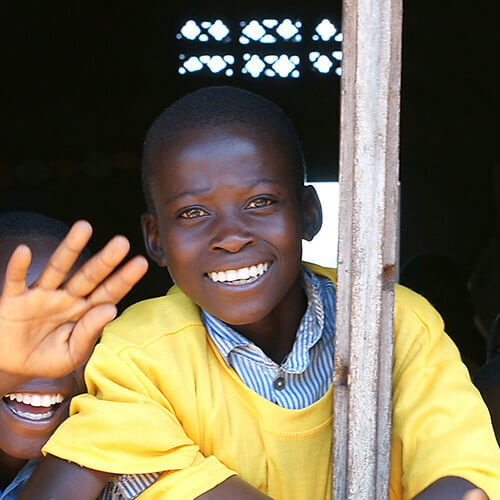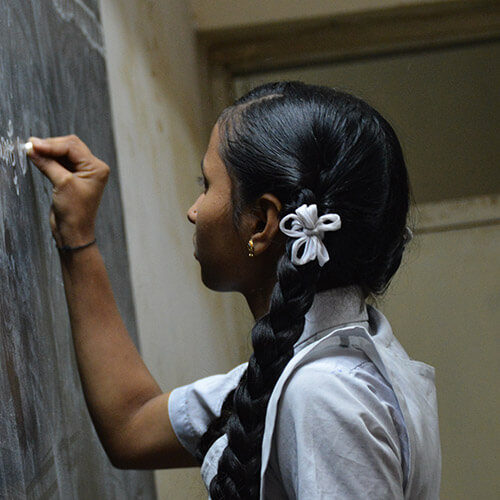Malnutrition in children is a pervasive issue that silently weaves its way into the very fabric of Indian society, influencing a multitude of social ills. While often overlooked, this problem has far-reaching consequences that extend beyond mere physical well-being. Here, we explore the profound link between childhood malnutrition and various social evils in India:
The Ripple Effect of Malnutrition
Child malnutrition in India goes beyond being a health issue; it has a far-reaching impact on society:

Physical Impact - Stunted Growth and Health Consequences:
Malnutrition impairs physical growth, leaving children shorter and weaker than they should be for their age. This physical underdevelopment isn’t just a cosmetic concern; it also compromises their immune systems, making them more susceptible to infections and illnesses. Additionally, malnourished children are more likely to experience long-term health issues, exacerbating the burden on healthcare systems.
Cognitive Impact - Slowed Brain Development:
Malnutrition affects brain development during a crucial period of a child’s life. Adequate nutrition is essential for the brain’s growth and function. When children lack the necessary nutrients, their cognitive development lags behind, resulting in delayed learning, lower academic performance, and reduced intellectual abilities. This cognitive deficit can have lasting effects, affecting a child’s ability to succeed in school and later in their professional life.
Beyond Underweight - A Holistic Issue:
While malnourished children may appear underweight, malnutrition isn’t solely about weight. It encompasses the absence of essential vitamins and minerals vital for overall health. Even children who appear physically normal can suffer from ‘hidden hunger,’ a condition where they lack crucial nutrients, potentially leading to long-term health problems.
Intergenerational Cycle of Poverty:
Malnutrition isn’t just a consequence of poverty; it’s also a cause. The relationship between malnutrition and poverty forms a cycle that persists across generations. A malnourished mother is more likely to give birth to an undernourished child, continuing the cycle. This intergenerational transmission of both poverty and malnutrition creates a trap that’s difficult to escape. Its effects aren’t confined to individuals; they ripple through communities, affecting the economic and social development of the nation.

Low Average Peak Productivity and Loss of Human Capital:
Malnutrition serves as a mirror reflecting broader societal issues:
Child malnutrition significantly contributes to social inequities. Malnourished children often face hindered educational and career prospects, perpetuating poverty cycles. This issue disproportionately affects marginalized communities, reinforcing existing disparities. Consequently, malnutrition not only impacts individual health but also perpetuates broader societal inequality.
The Way Forward
Addressing child malnutrition in India requires a holistic, community-driven approach. This involves empowering local communities to take charge of their own nutrition, raising awareness about the importance of nutrition, and ensuring equitable access to resources. Each of us can play a role in driving positive change. It’s about creating a world where no child’s potential is limited by their nutritional status, where opportunities are equal, and where communities thrive.









